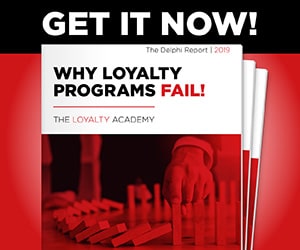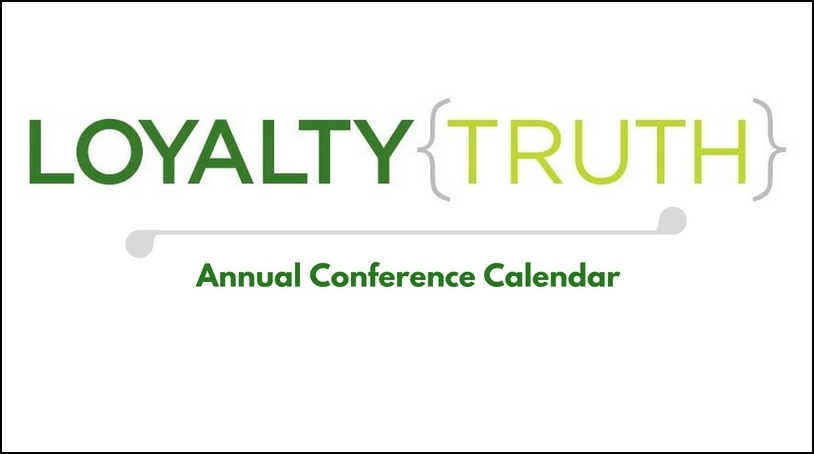There’s a fascinating article titled “The Dawn of the Relationship Era in Marketing” that recently appeared in AdAge magazine. It’s written by David Rogers and Bob Garfield, the latter the same guy who caused a stir a few years ago with the essay “The Chaos Scenario” which (semi-correctly) predicted “the end of advertising as we know it”.
This piece isn’t quite so controversial, but it does point out that the role of marketing in the selling equation is changing. The authors posit that we’re witnessing the end of “the Consumer Era” and are now moving into “the Relationship Era”.
The Relationship Era is based around the idea that companies that succeed in the future will do so because they’ve made some sort of human connection with their customer base. The belief is that in the Relationship Era, the big winners will be companies that people trust because they have “solid core values” and “transparent and honest practices“.
These companies will spend little on advertising—because they won’t need it. They’ve made a personal connection with a core group of customers who trust them implicitly, because they’ve backed up their core values with actions. They can then rely on these loyal customers to spread the word about their products and services and attract new customers. It almost seems the logical result that comes from a well executed corporate social responsibility policy.
The authors believe these brand-fan customers will: “…share your links and retweet you on Twitter and post a photo of themselves with your product on Facebook and like you on Facebook and generate all these network conversations, which go back to the top of the funnel and influence other customers in your network at their own stage of awareness, consideration, preference or action.”
So how do you get to be one of these beloved companies who people are tweeting and posting about? It starts with a purpose according to Rogers and Garfield. “You have to explain to all comers why you’re in business.” Among the companies identified as successfully “explaining” themselves and their values are Apple, Whole Foods and Trader Joe’s.
One prime example that’s cited is outdoors outfitter Patagonia who for years has had a purpose that resonates with its customers: Build the best product, cause no unnecessary harm, use business to inspire and implement solutions to the environmental crisis. The company then backs up this mantra with real-world actions, donating 1% of its gross sales to environmental causes, promoting environmental sustainability in every aspect of its operations and providing progressive workplace policies like paternity leave and paid sabbaticals.
Another company identified as a having authentic purpose: Krispy Kreme. After a rough start to the decade, in 2009 a new management team went searching for the company’s raison d’etre and came up with: “Touching and enhancing people’s lives through the joy that is Krispy Kreme. Management then “decreed that the joy ethic inform every interaction at every level of the business.”
My take: I can buy into the Relationship Era—but only to a point.
It’s hard to argue with companies like Trader Joe’s and Patagonia, that have carved out their own unique niche in the marketplace with little to no advertising, but lots of positive word-of-mouth and social networking buzz. After all, what’s not to like about free advertising? But the fact is, these kind of companies are few and far between.
Put under a microscope, I’d say the majority of US companies would be unable to pass the “authenticity” sniff test. Even successful companies often aren’t nimble or visionary enough to coalesce around a single purpose and execute it in the marketplace. It’s just not in their DNA. For instance, I wonder if every Krispy Kreme franchise has really been able to add “the joy ethic” to every business transaction.
The good news: companies that lack a specific purpose their customers can rally around, have other ways to grow their business and increase brand loyalty. This includes doing all they can to improve the customer experience from pre-sale to post-sale. It also means enhancing customer engagement, so that customers are communicated with in personal, relevant ways across a variety of touch points.
What do you think—is the Relationship Era upon us?




